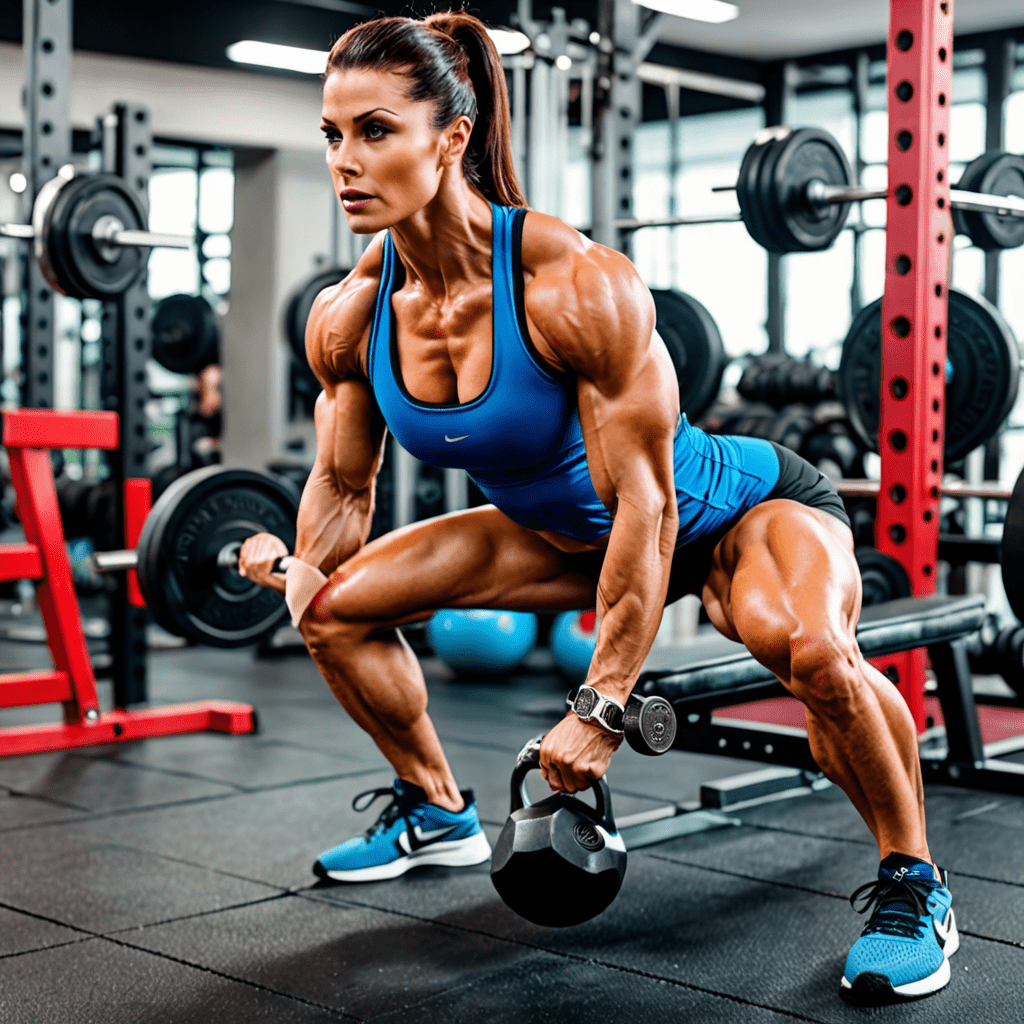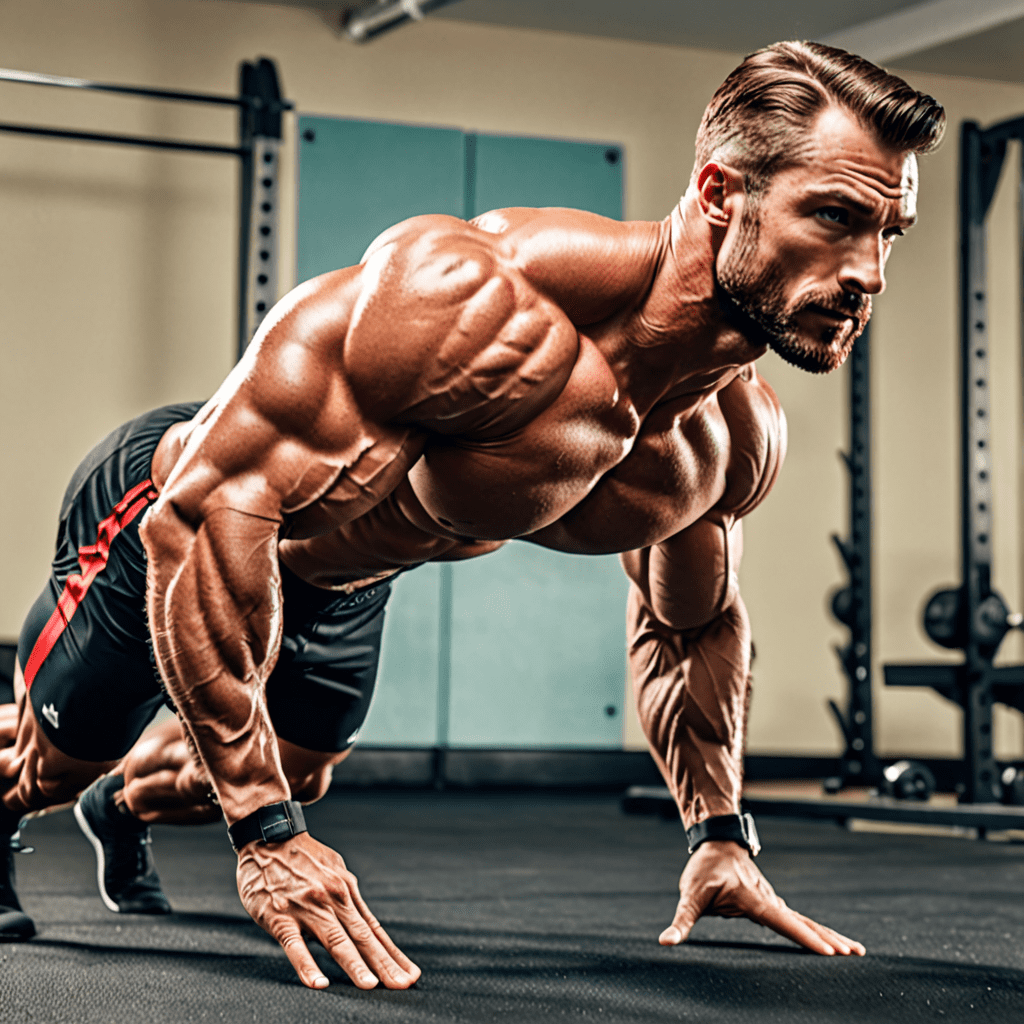
Understanding Why Your Calves Hurt When You Squat
When we talk about squatting, most people focus on the impact it has on their glutes, quads, and hamstrings. However, it’s not uncommon for some individuals to experience calf pain during or after squatting. In this article, we’ll explore the reasons behind this discomfort and provide strategies to alleviate it, allowing you to fully benefit from this essential exercise.
Incorrect Foot Positioning
One of the most common reasons for calf pain during squats is incorrect foot positioning. If your feet are pointing too far outwards or inwards, it can put unnecessary strain on your calves, leading to discomfort or pain. This problem can be exacerbated if you’re using a wider stance than what your body is accustomed to.
Insufficient Ankle Mobility
Another common issue leading to calf pain is insufficient ankle mobility. When you squat, your ankles need to flex and extend to accommodate the movement. If your ankle mobility is limited, your calves can end up working harder to compensate for this lack of flexibility, resulting in discomfort.
Poor Squatting Technique
Improper squatting technique can also contribute to calf pain. If you’re leaning too far forward during the descent or ascent of the squat, you may be inadvertently placing excessive pressure on your calves. Additionally, not distributing the weight evenly across your feet can contribute to calf strain.
Overactive Calves
In some cases, calf pain during squats can be attributed to overactive calf muscles. This means that your calves are taking on more of the workload than they should during the exercise. This overcompensation can lead to discomfort and may indicate a muscular imbalance that needs to be addressed.
Alleviating Calf Pain During Squats
Now that we’ve identified some common reasons for calf pain during squats, let’s discuss how to alleviate this discomfort. One of the most effective strategies is to focus on improving your ankle mobility through targeted stretching and mobility exercises. Additionally, paying close attention to your foot positioning and ensuring proper squat form can significantly reduce calf strain. Working on overall lower body flexibility and strength can also contribute to better squat performance and reduced calf pain.
FAQs
Q: Should I continue squatting if I experience calf pain?
A: It’s essential to listen to your body. While some level of muscle soreness is normal when starting a new exercise or increasing intensity, persistent or sharp calf pain during squats should not be ignored. Taking a break to assess and address the root cause of the pain can prevent further injury and promote long-term progress.
Q: Can wearing different shoes help alleviate calf pain during squats?
A: The type of shoes you wear can impact your squatting mechanics and, subsequently, calf pain. While weightlifting shoes with an elevated heel can improve ankle mobility for some individuals, others may benefit from minimalist shoes that allow for greater proprioception and natural foot positioning. Experimenting with different shoe options, along with addressing any underlying biomechanical issues, can help alleviate calf pain during squats.


